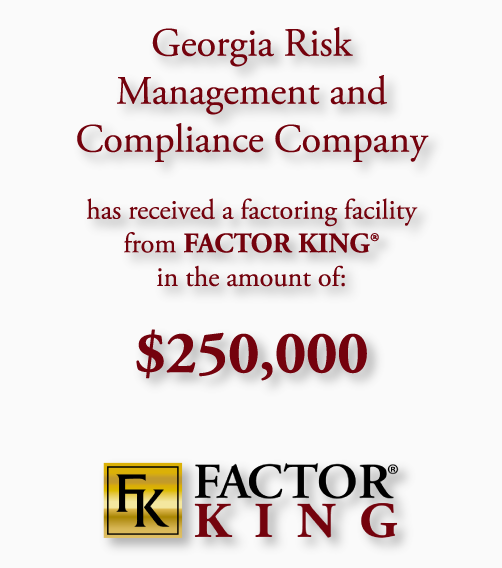Important Sales Metrics for Small Business
 Tuesday, April 1, 2014
Tuesday, April 1, 2014  Sales revenue is typically the first metric to consider when measuring the overall success of a small business. Defined as income from sales of goods and services, minus the cost associated with things like returned or undeliverable merchandise, sales revenue is definitely a key performance indicator. However, there are several other metrics not to overlook when gauging the health of your business.
Sales revenue is typically the first metric to consider when measuring the overall success of a small business. Defined as income from sales of goods and services, minus the cost associated with things like returned or undeliverable merchandise, sales revenue is definitely a key performance indicator. However, there are several other metrics not to overlook when gauging the health of your business.
Sales Staff Productivity: Sales productivity is simply actual revenue divided by the number of sales people. This number can be influenced by many factors related to sales staff performance including lead-response time, rate of contact and rate of follow-up. The time it takes to follow up with a lead can directly impact closing that sale. With today’s technology, there is no excuse for not following up with a lead same day or even within the hour, whether it be by phone, email or using social media. This technology can also enhance the ability to follow up with multiple people at once, thereby increasing the rate of contact and follow-up. Since most sales don’t happen during the first point of contact, it’s also important to keep close watch on persistence in follow-up to ensure those valuable leads don’t go to waste.
Cost to Acquire a New Customer: It’s critical for any small business to be aware of the cost necessary to acquire a new customer. This cost includes all aspects of marketing and sales. The cost may be high at first, but will eventually go down as your brand recognition and business growth increases through economies of scale. Knowing and controlling your cost per lead and cost per sale is key to growing your business successfully.
Customer Retention Rate: The ability to not only acquire a customer, but also keep a customer is a common challenge. Your greatest sales opportunity is your current customer base. Build loyalty by making your customers feel valued through frequent check-ins and by taking the time to understand and respond quickly to their needs.
Gross Margin and Profit & Loss: The gross margin is calculated as a company’s total sales revenue minus its cost of goods sold, divided by the total sales revenue, expressed as a percentage. It’s important to monitor gross margin closely, as it’s ultimately a measure of productivity and efficiency. In addition, your P&L should be reviewed monthly, so you can adjust the price of your product or service as needed to ensure a healthy margin.
By closely monitoring the above sales metrics you can not only ensure the health of your business but also guarantee its growth. These efforts will reflect in your bottom line, plus you’ll foster a culture of success within your business.
About FACTOR KING®
Is revenue coming but you need working capital in the short term? We can help! FACTOR KING® provides you with an ongoing accounts receivable funding facility that guarantees your ability to raise cash on a moments notice. We provide the financial security that you have been looking for. Apply now to convert your company’s assets into immediate cash!
Related Articles
Startup Capital: Top Ten Benefits of Factoring Invoices
Small Business Tax Pitfalls to Avoid
Managing Labor Costs Without Sacrificing Employee Loyalty
Customers Don’t Pay On Time? These Tips for Collecting on Overdue Accounts Can Help
 Profits,
Profits,  increase productivity,
increase productivity,  small business in
small business in  sales
sales 






































Reader Comments